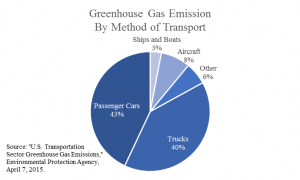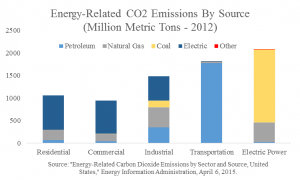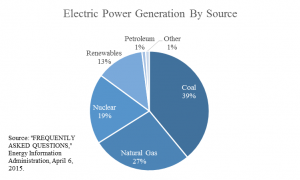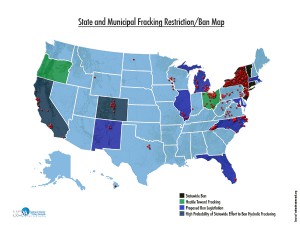Unlike populations in most other parts of the world we Americans take vital benefits of dependable electricity for granted. We simply plug into an outlet or flip on a switch and fully expect that our lights will go on, our computers will charge, our coffee will heat up, our air conditioners will function, and yes, our generous taxpayer subsidized plug-in vehicles will run again until tomorrow.
This wonderful, finely balanced round-the-clock empowerment required planning and development which didn’t occur overnight. The same will be true of future efforts to restore adequate capabilities after the Obama EPA’s Clean Power Plan takes an estimated one-third of all U.S. coal-fired plants off the grid over the next five years. This amounts to a loss of generating capacity sufficient to supply residential electricity for about 57 million people.
The North American Electric Reliability Corp, a nonprofit oversight group, emphasizes that the plan constitutes “a significant reliability challenge, given the time required for implementation.” The timeline to convert or replace a coal-fired power plant with natural gas requires years, whereby siting, permitting and development to meet EPA’s interim target would need to be completed by 2017.
Even if a state were able to submit a compliance plan by 2017 or 2018, EPA has admitted that it may take up to another year to approve it. New and upgraded natural gas plants will require additional pipeline infrastructure which may take five years or longer. More expansive transmission lines will also be required to connect that capacity to the grid, with full implementation potentially taking up to 15 years.
EPA’s latest climate alarm-premised war on coal assault calls for states to cut CO2 emissions by 30 percent from 2005 levels by 2030 despite satellite-recorded flat mean global temperatures over the past 18 years and counting. This federal usurpation of state responsibility dating back to the invention of the modern steam engine in the 1880s is unprecedented.
A “finishing rule” expected to be issued in June or July will require states to meet agency carbon-reduction targets by reorganizing their “production, distribution, and use of electricity.” In complying, 39 states must achieve more than 50 percent of EPA’s reduction targets by 2020.
Not only are EPA’s mandates unfeasible, they also demand that states operate “outside the fence line” to force shut-downs of coal (and eventually natural gas), establish minimum quotas for renewables (wind and solar), and impose energy conservation mandates. Never mind here that last year the D.C. Court of Appeals ruled against the Federal Energy Regulatory Commission’s claim of authority over “demand response” of the national energy grid.
Even liberal Harvard constitutional authority Larry Tribe has observed being stunned at this effort to nationalize U.S. electricity generation by coercing states to pass new laws or rush through new compliance rules that exceed EPA’s legal jurisdiction. President Obama is clearly eager for such policy changes to be quickly put into effect which a future Republican president can’t reverse. This will also provide bragging rights for a climate initiative he can announce at the Paris climate conference later this year.
Fortunately, while states are invited to draw up implementation plans for EPA approval, they really have no legal obligation to do so. And while EPA can attempt to commandeer a federal plan if states resist, there are good incentives for them to band together in calling EPA’s bluff — reasons which can otherwise bear dangerous and costly consequences.
An April 7 Washington, D.C., power outage caused by a mechanical failure and fire at a transfer station temporarily disrupted electricity to the White house, Capitol, government agencies (yes, including the Energy Department), businesses/residents, and street lights. While relatively minor, it most likely could have been avoided if a 60-year-old coal-fired plant called the Potomac River Generating Station in Alexandria, Va., which provided backup capacity to balance the grid, hadn’t been shuttered.
It was one of 188 plant closures credited to former New York City Mayor Bloomberg’s activist “Beyond Coal” campaign which he has supported with $80 million in donations to the anti-fossil Sierra Club.
A far more damaging 2003 Northeast blackout resulted in costs of about $13 billion. Referring to the Clean Power Plan, the New York Independent Systems Operator (NYISO) now reports that EPA’s “inherently unreasonable” reductions “cannot be sustained while maintaining reliable electric service to New York City.” NYISO further projects unacceptable plan consequences which “no amount of flexibility can fix.”
States should collectively heed this reality. Rather than accept EPA’s dirty work, it’s imperative that federal hijacking of state sovereignty be resoundingly rejected.



